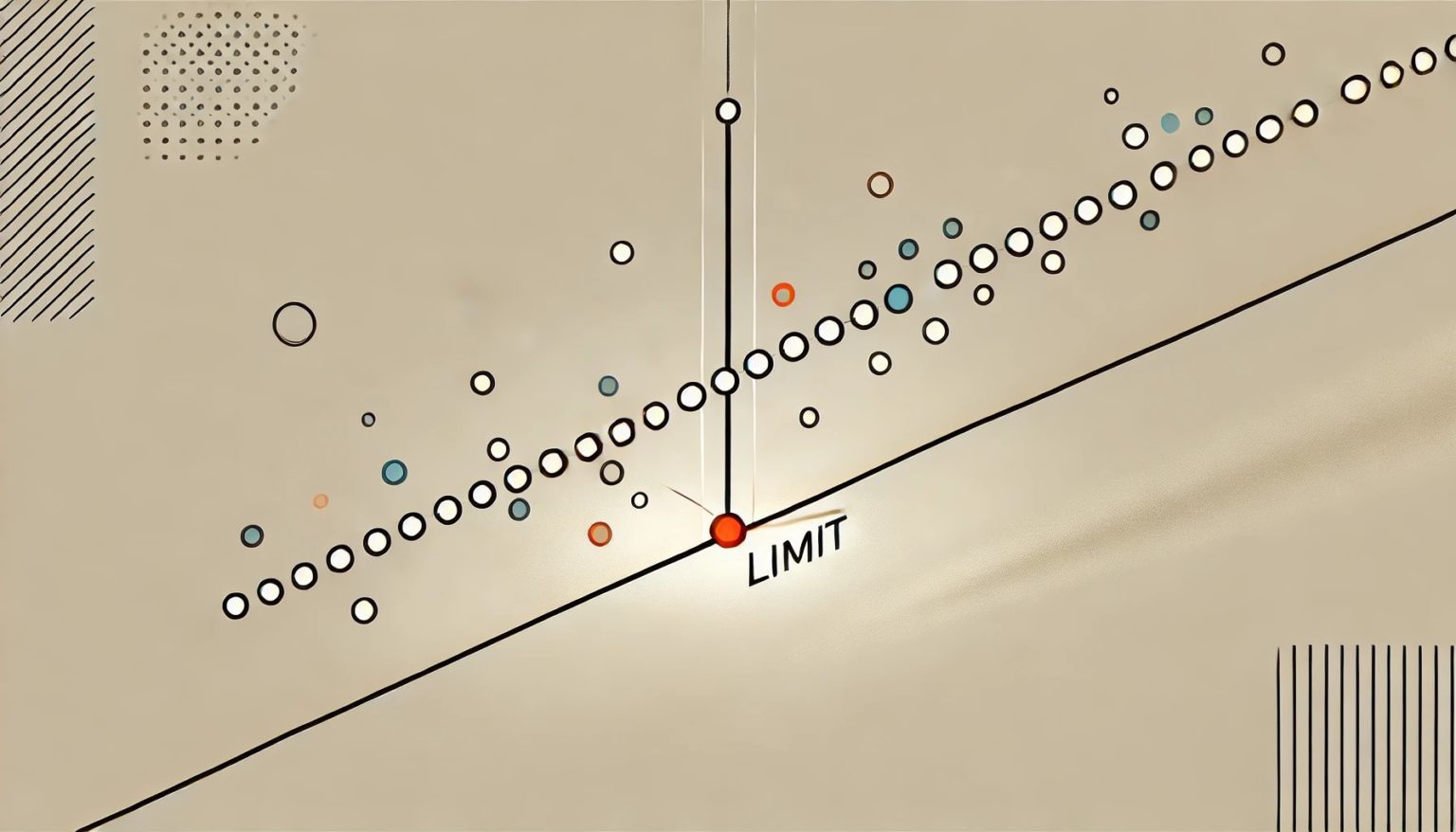
The Limit of a Sequence with Two Mixed Sums of Arithmetic Sequences
Sequence limits sometimes use formulas for the sum of arithmetic or geometric sequences. It’s worse if these sequences are given in a “mixed” way in one line, like here.

Sequence limits sometimes use formulas for the sum of arithmetic or geometric sequences. It’s worse if these sequences are given in a “mixed” way in one line, like here.
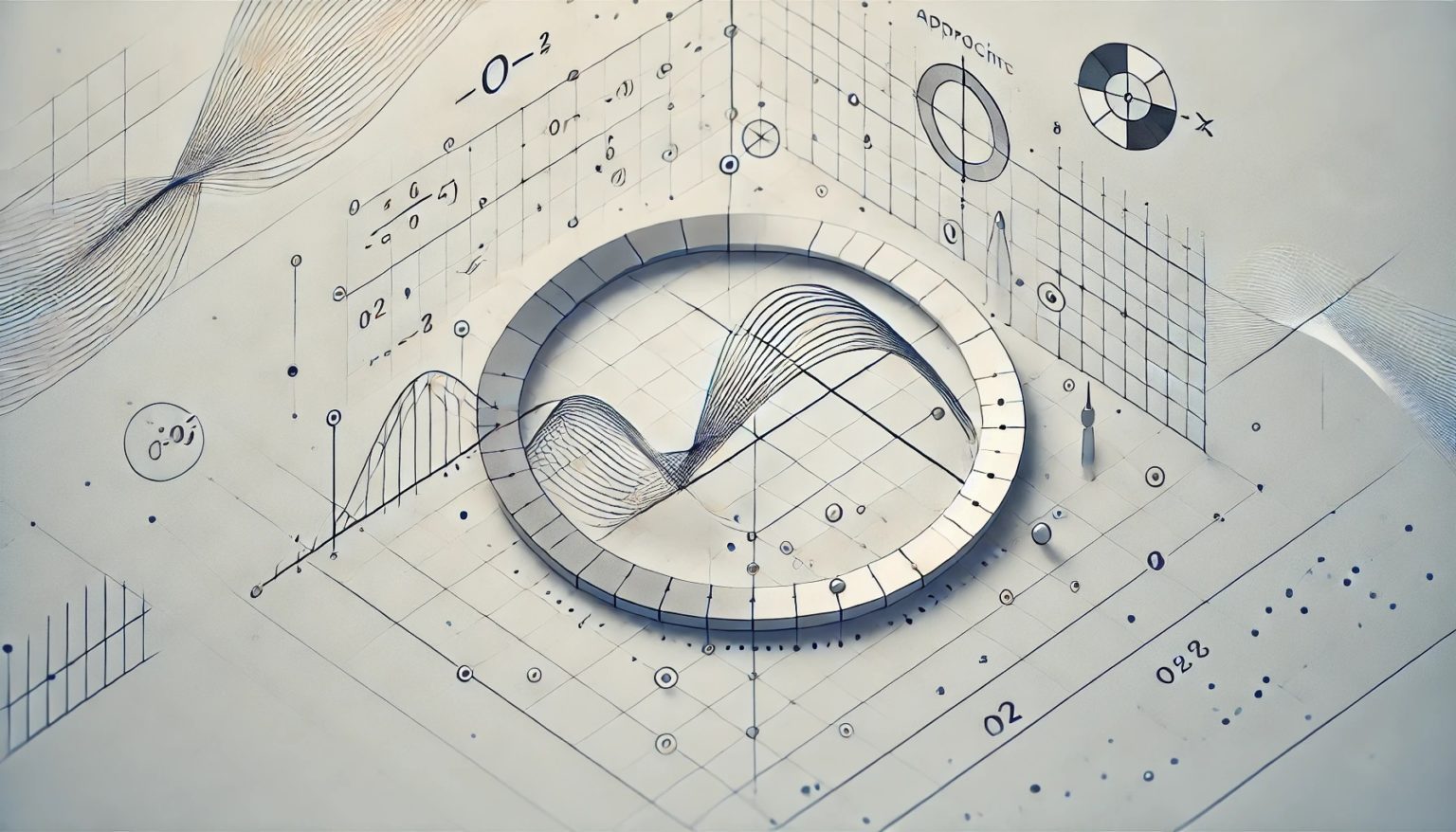
Harder function limits to calculate often require substitution. Here is an example.
Learn detailed methods for calculating function limits using substitution, how to effectively apply them in limit analysis. Discover why some limits do not exist and how to prove it step by step.
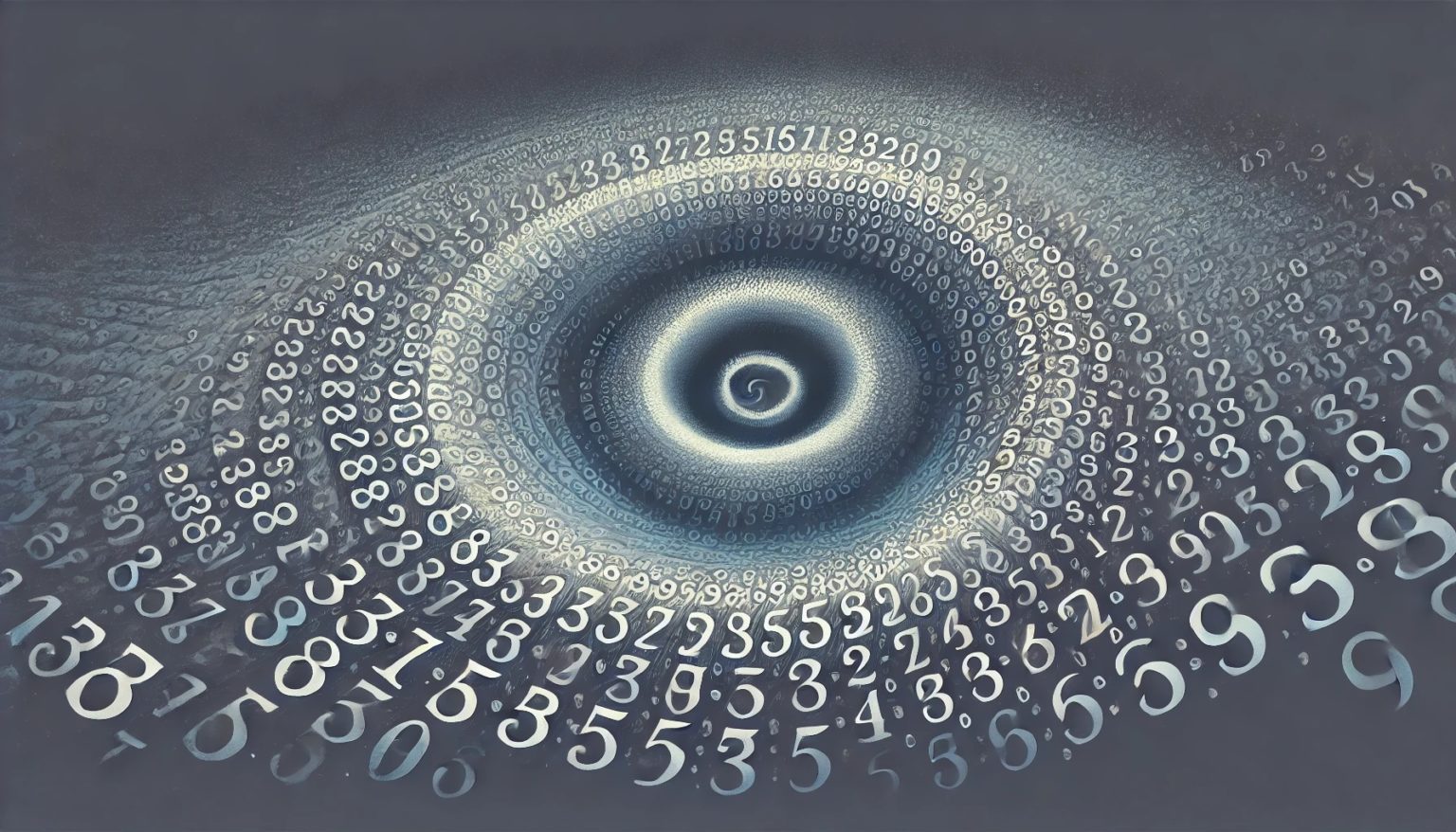
Let’s take the following sequence limit approaching infinity: (1/{12}+1/{23}+1/{3*4}+…+1/{(n-1)*n}).
In the problem, we kind of feel that we need to use sequence sum formulas (arithmetic or geometric), but unfortunately, this sequence is neither arithmetic nor geometric… So what to do?
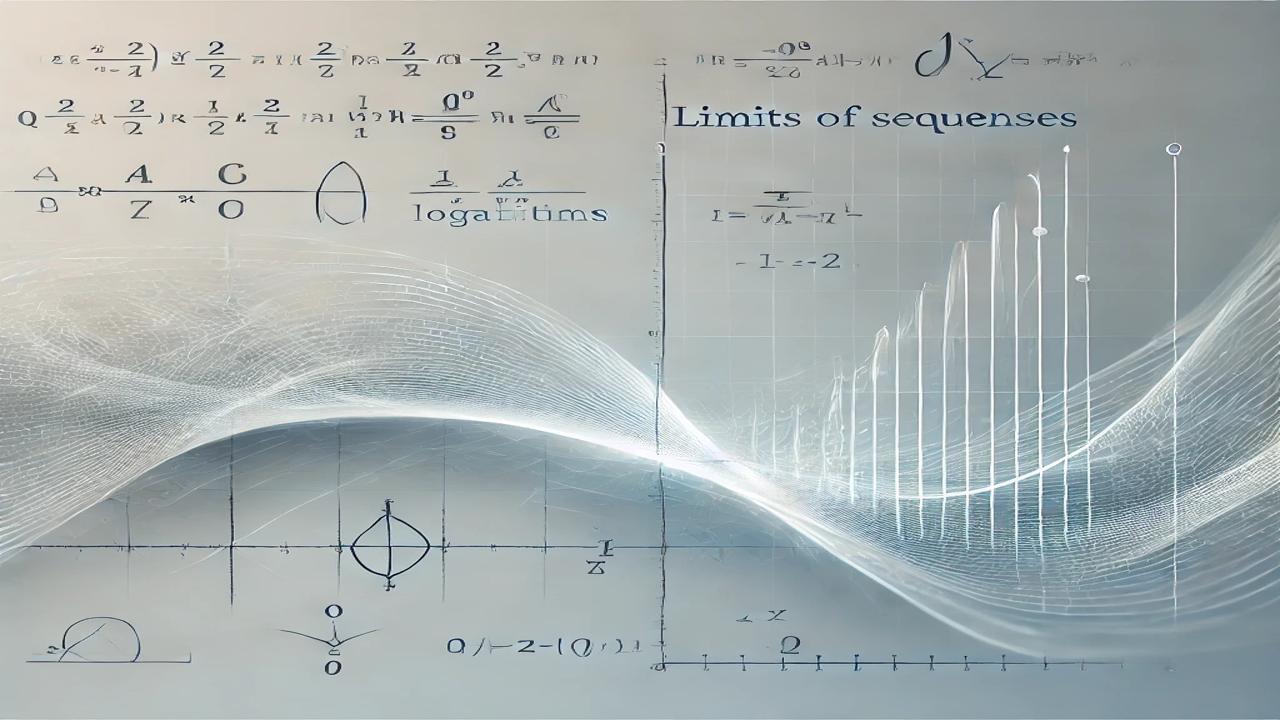
For the limits of many sequences with logarithms, you can confidently use the transformations and formulas for logarithms learned in high school.
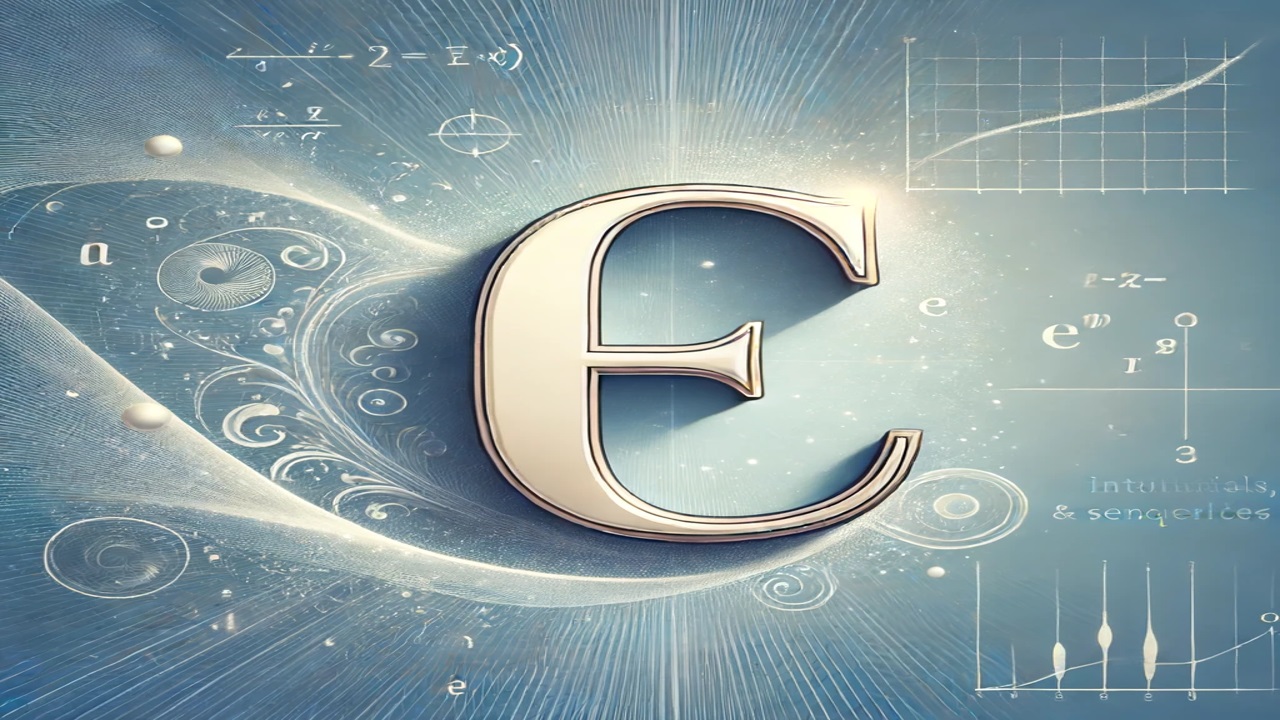
Learn step by step how to solve unconventional sequence limits using the formula for the number e. Examples, explanations, and methods for solving equations that help understand how to apply the formula for the number e in various situations. Ideal article for students and math enthusiasts.
Wirtualny nauczyciel AI działający w przeglądarce internetowej.